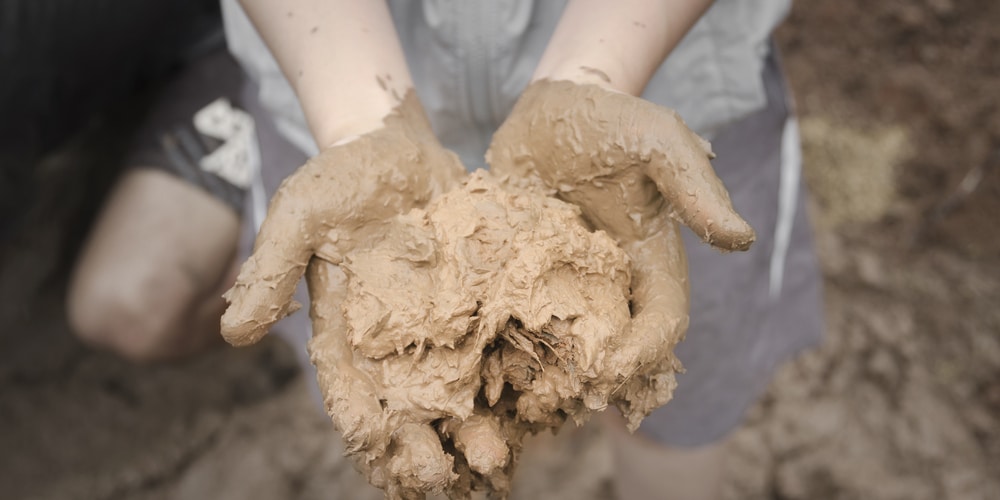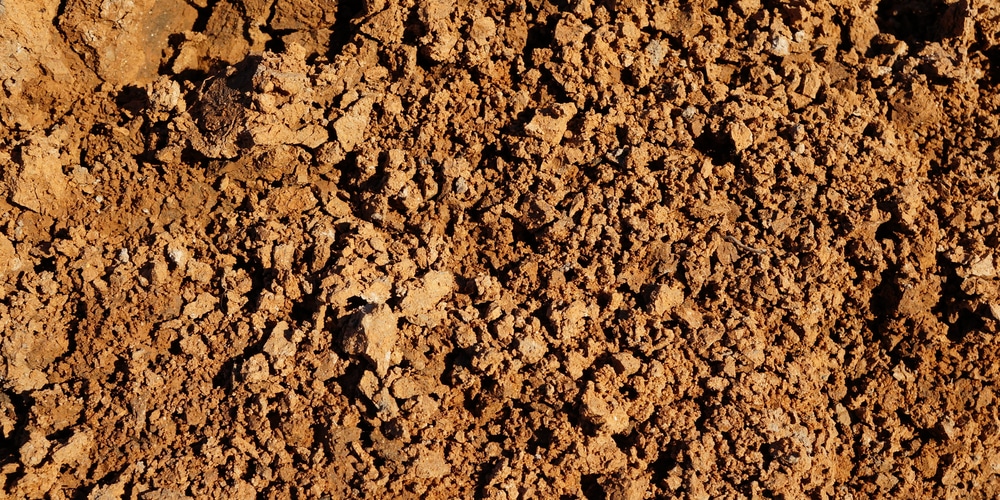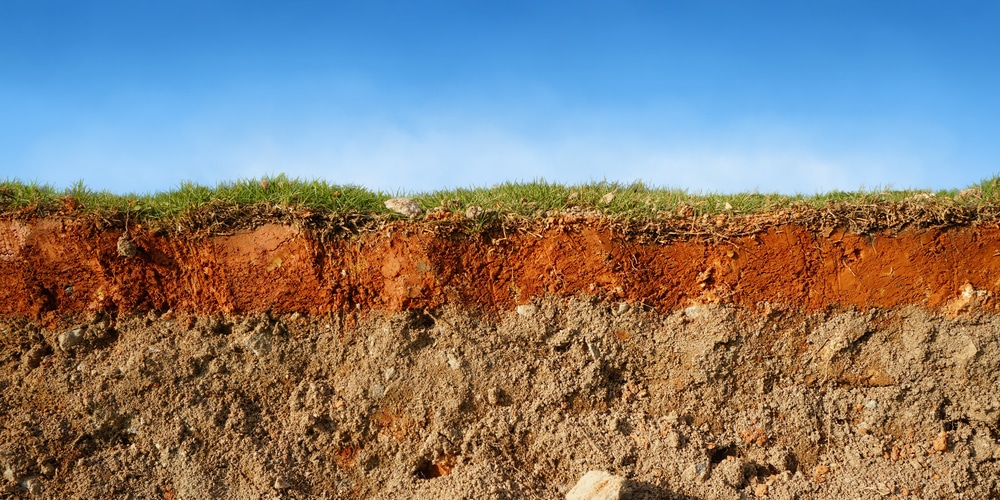Soil can tell you many things: by simply using your senses, you can get a feel of how well your garden is doing. However, you need to know what gives you the information you need before making judgments about your yard. The good news is that it is easier than you think.
If you have some experience with gardening, you should know that soil quality is one of the most crucial parts of growing plants, trees, grass and flowers. If you don’t know where to start, don’t worry! You can read the profile of your soil by using your senses.
Healthy soil should include compost, organic matter that breaks down materials and produces elements that feed plants and allow them to carry out photosynthesis.
Organic matter provides your plants the nitrogen, phosphorous, and potassium they need to grow and reproduce. Plus, it improves the soil structure and water drainage and keeps your plants healthy.
High-quality soil should smell earthy and almost sweet. But what if clay soil smells bad? Or better, what does clay soil smell like? And what can it tell you about the health of your garden? Keep reading to explore answers to such questions!
What does clay soil smell like?

The classic earthy smell we associate with soil tells you about its health. The fresh scent is the product of a chemical reaction that organisms inside the ground go through. It is an indication of healthy and productive soil.
On the other hand, if your soil smells rotten (similar to ammonia), it might be a sign of poor drainage or unsuitable oxygenation.
If you know something about clay soil, you must be familiar with its characteristics. It is denser than other types, making growing anything on this element more challenging. Such compact conditions also cause your soil to smell bad.
Indeed, clay absorbs much more water than other materials, leading to anaerobic conditions (environments where oxygen is low) when you water it (or when it rains frequently).
Clay doesn’t stink under standard conditions. However, letting it stand in water, or digging into it, might cause it to smell it. Indeed, digging can release the gases built up in the ground.
Keep in mind that there are ways to reduce the intensity of the smell clay soil might have. For instance, too much water or organic matter might cause your ground to smell noxious.
Indeed, clay (because of its dense and small particles) is prone to become waterlogged, providing the perfect environment for anaerobic bacteria that cause your soil to smell bad.
In general, the addition of organic matter is beneficial. However, too much of it might cause your garden to start smelling bad, especially if you live in an area with high clay content. Indeed, decaying materials release gasses that might be smelly.
If the smell is too strong for you, consider spreading your ground around. Doing so will expose it to more oxygen, aerating the soil and helping the organisms inside it break down faster.
How to tell if your soil is healthy
As we mentioned, healthy soil smells fresh. It should have a balance of clay, organic matter, and dirt. The compound allows for oxygenation and fast decay of organisms, preventing them from releasing a rotten smell.
Also, healthy soil should be dark brown or black. The dark color indicates good drainage, aeration, and fertilization. Plus, it shows earthworm activity, which can increase oxygenation and nutrient content.
On the contrary, a paler soil will have fewer nutrients and not such good access to oxygen and organic matter. Under such conditions, your plants will more likely struggle to survive.
When touching the soil with your hand, it should crumble easily: too much density might suggest that water isn’t getting to the plant’s root system as it should do.
A healthy structure should contain some small lumps near the surface with aggregates under it. If you notice a small amount of fine material, you must amend the soil to improve drainage.
What Does Clay Soil Smell Like?: The Bottom Line
Clay soil has a natural hearty smell. However, under waterlogged or anaerobic conditions, it may smell poorly.
Consider adding perlite or vermiculite to your garden. Doing so will improve the drainage properties and nutrient content of the soil.
Related Article: Can Lavendar Grow in Clay Soil?

